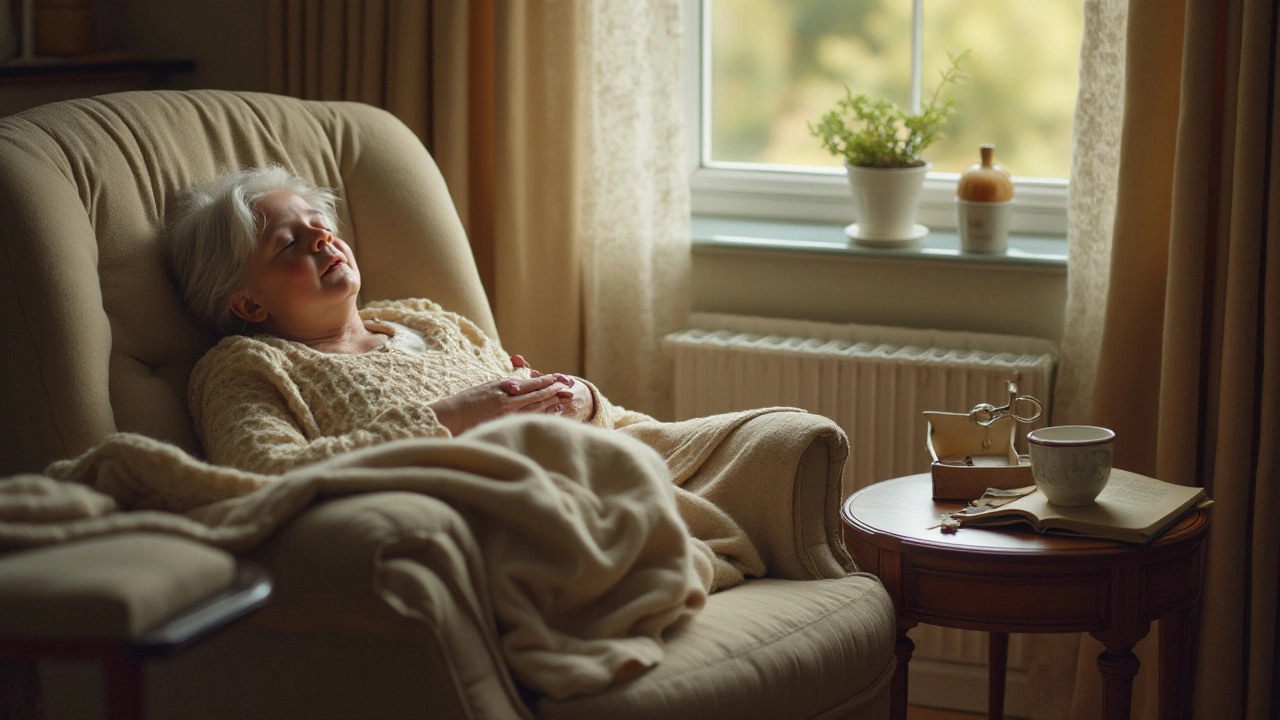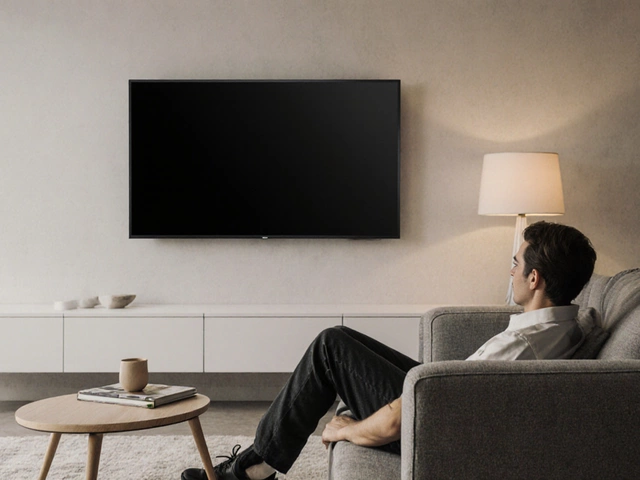Seniors Sleeping Positions: How to Sleep Better Tonight
Getting a good night's sleep gets harder as we age. The way you lie down can make a big difference to how you feel in the morning. Below are the most useful positions for seniors, plus simple tweaks that add comfort and safety.
Side‑Sleep: The All‑Round Favorite
Most older adults find lying on their side the easiest. It keeps the airway open and eases back pressure. To make it work:
- Place a firm pillow between the knees. This lines up the hips and reduces strain on the lower back.
- Use a pillow that fills the space under the head without lifting the neck too high.
- If you tend to roll onto your stomach, a body pillow can keep you in place.
Side‑sleep also helps with snoring and sleep apnea, common issues for seniors.
Back‑Sleep: Good for the Spine, Bad for Some Breathing
Sleeping on the back keeps the spine in a neutral position, which can be great for neck and shoulder pain. However, it may worsen breathing problems for some older adults.
Tips for a safe back‑sleep:
- Put a low pillow under the knees. This flattens the lower back and eases pressure.
- Choose a pillow that supports the natural curve of the neck, not a thick, fluffy one.
- If you wake up feeling short of breath, switch to side‑sleep or talk to a doctor about sleep apnea.
Back‑sleep is also the best position for people with acid reflux if the head is raised about 6‑8 inches.
What to Avoid
Sleeping on the stomach is usually a bad idea for seniors. It twists the neck, strains the back, and can make breathing harder. If you catch yourself in that spot, gently roll onto a side and use a pillow to stay there.
Another pitfall is a mattress that’s too soft. It lets the body sink, misaligning the spine. A medium‑firm mattress gives enough give for comfort while still supporting the body.
Quick Comfort Hacks
Besides the position itself, a few easy changes can lift the quality of sleep:
- Invest in a breathable, washable mattress cover. It keeps moisture out and reduces allergens.
- Swap pillows every 1‑2 years. Old pillows lose shape and can cause neck strain.
- Keep the bedroom cool, around 65°F (18‑19°C). Cooler rooms help the body drop its core temperature, which signals sleep.
- Limit caffeine after lunch and avoid heavy meals right before bedtime.
Try one change at a time and notice how you feel in the morning. Small tweaks add up quickly.
Remember, the best sleeping position is the one that feels comfortable, lets you breathe easily, and leaves you rested. Experiment with the side‑sleep and back‑sleep tips above, and you’ll find a routine that works for you.



